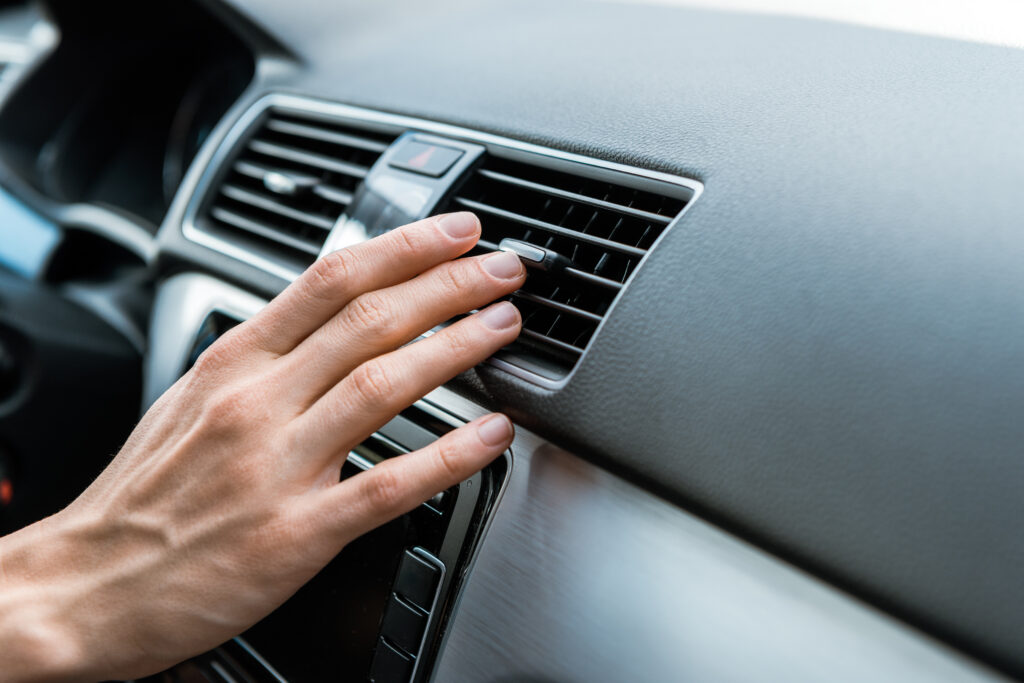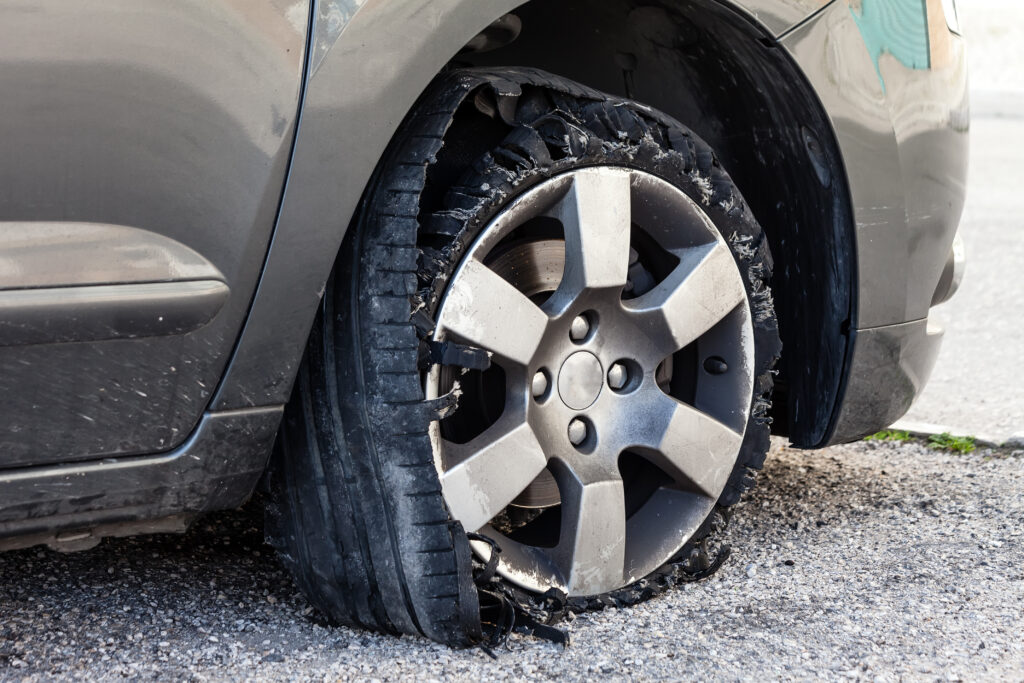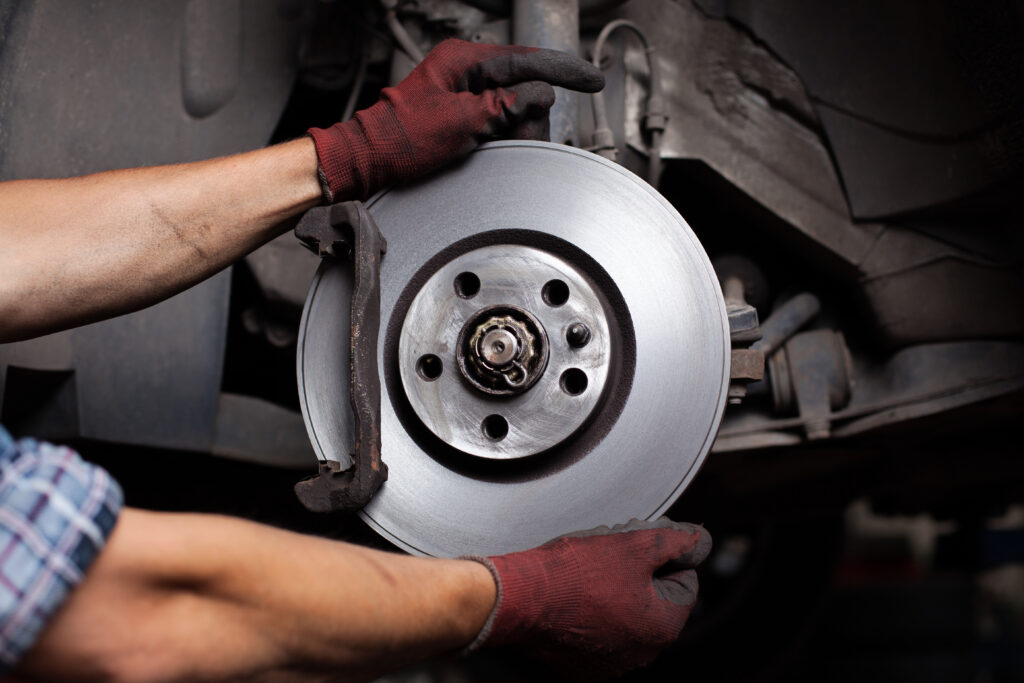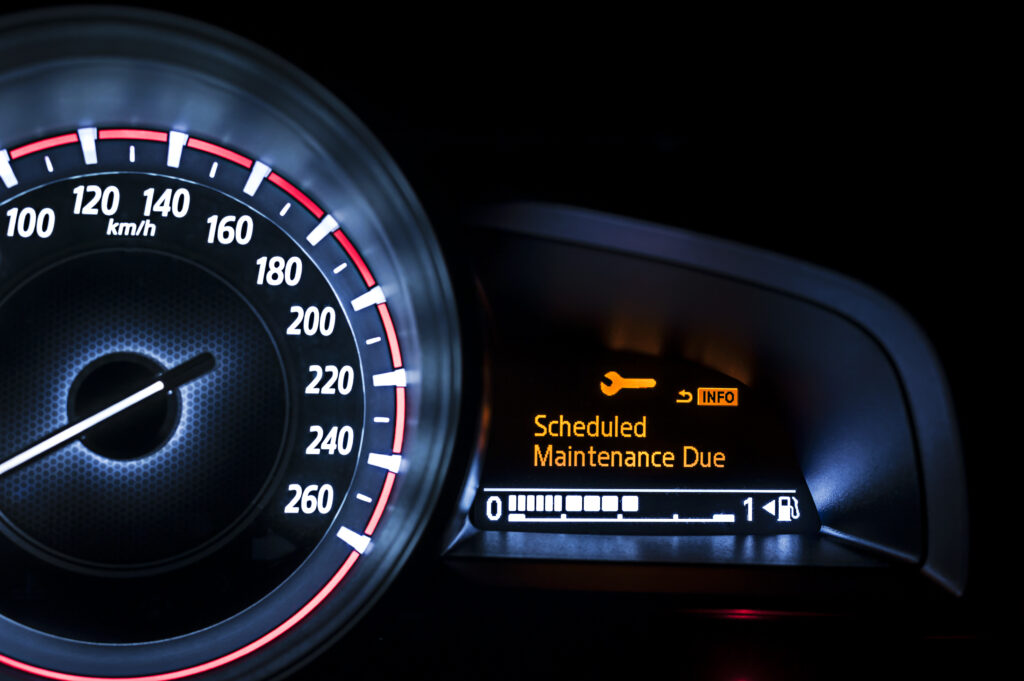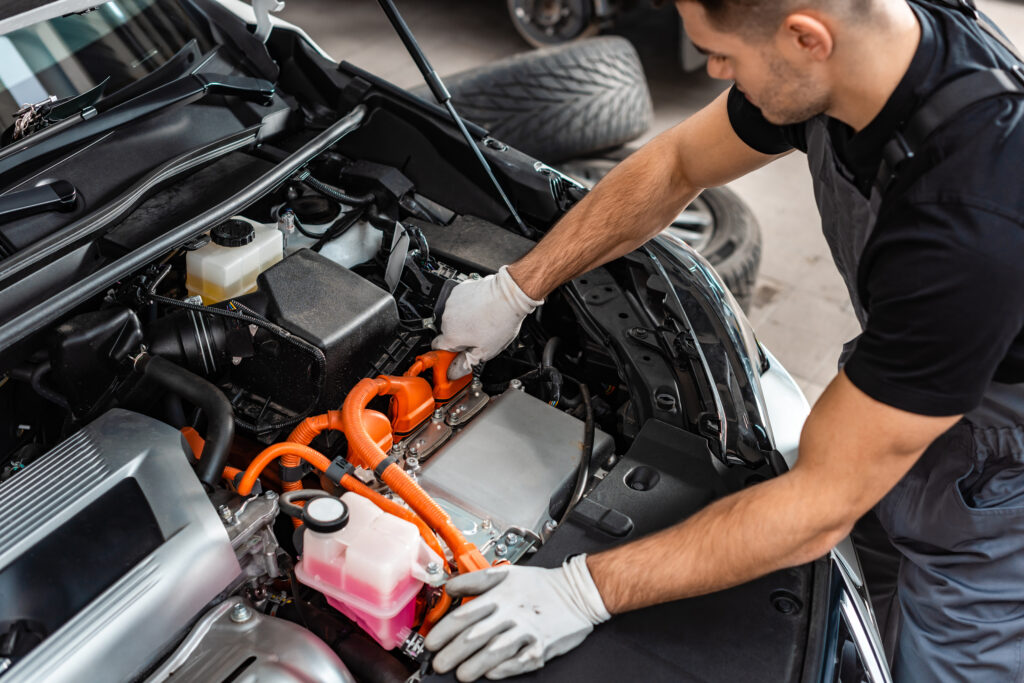
If you have an emissions test coming up, you may be nervous about whether your car is going to pass. Whether you’ve dealt with sensor issues in the past or just bought a new battery, many factors can cause your vehicle to fail the test. If you’re going into your first emissions test, you’ll want to know what it is, what factors can cause your car to fail, and what to do in that case.
What Is An Emissions Test?
A car emissions test is a test that measures the level of emissions coming from your car. They are completed in order to determine if the emissions coming from your vehicle fall within your state’s legal limit. Each state has different requirements.
Emissions tests measure carbon monoxide, carbon dioxide, oxygen, nitrogen oxides, sulfur dioxide, hydrocarbons, benzene, and particulate matter. These are measured due to their impact on human health and the environment.
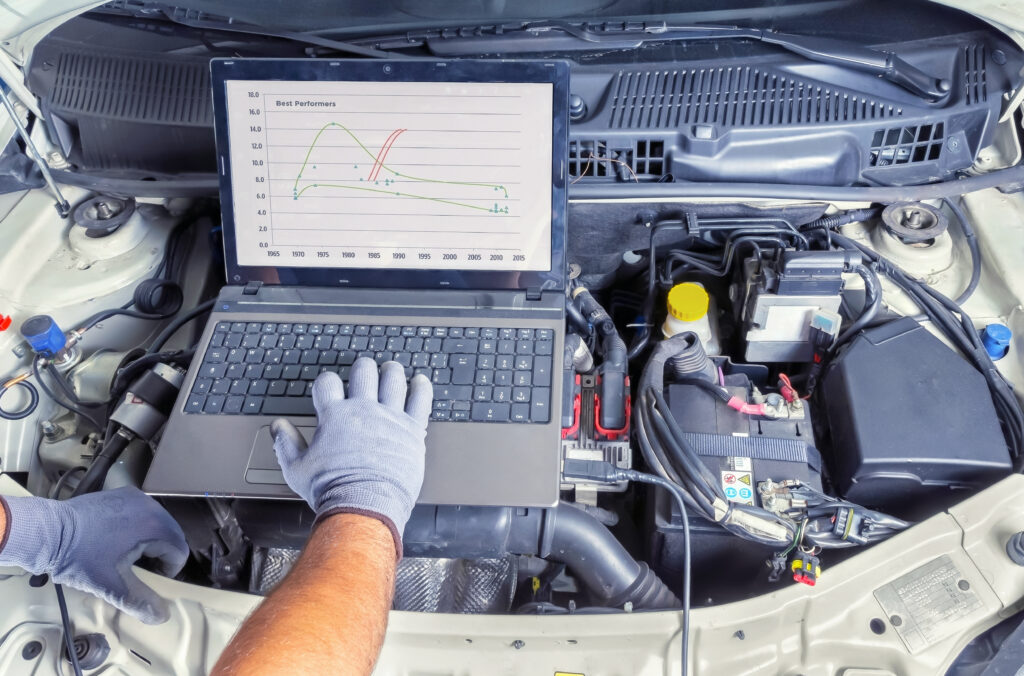
The frequency with which you’ll test your car’s emissions varies based on your car’s age and the state it is registered in. When you register your vehicle with the state’s DMV or BMV, it will come with a reminder for emissions. Without this test, you cannot register your car, which will also impact your car insurance. There are a few exceptions to regular emissions test rules, though you’ll want to check with your local DMV or BMV.
Why Did My Car Fail Its Emissions Test?
You may feel overwhelmed or frustrated if your car fails its emissions test. Understanding why your vehicle failed is essential to determine your next steps. The reasons your car may fail the test include the following:
- Car Battery Disconnection: If you’ve recently disconnected or replaced your car’s battery, you may fail your test. This failure is because the onboard diagnostic system won’t have enough information about your vehicle for inspection.
- Your Check Engine Light Is On: If your car’s check engine light has come on, it could have appeared because of a problem with the car’s exhaust system, alarm system, or battery. This light will cause your car to fail its test.
- Data Link Connector Problems: If there is a problem with your car’s data link connector port, including a short, the tester won’t be able to connect to your vehicle, and it may fail its emission test.
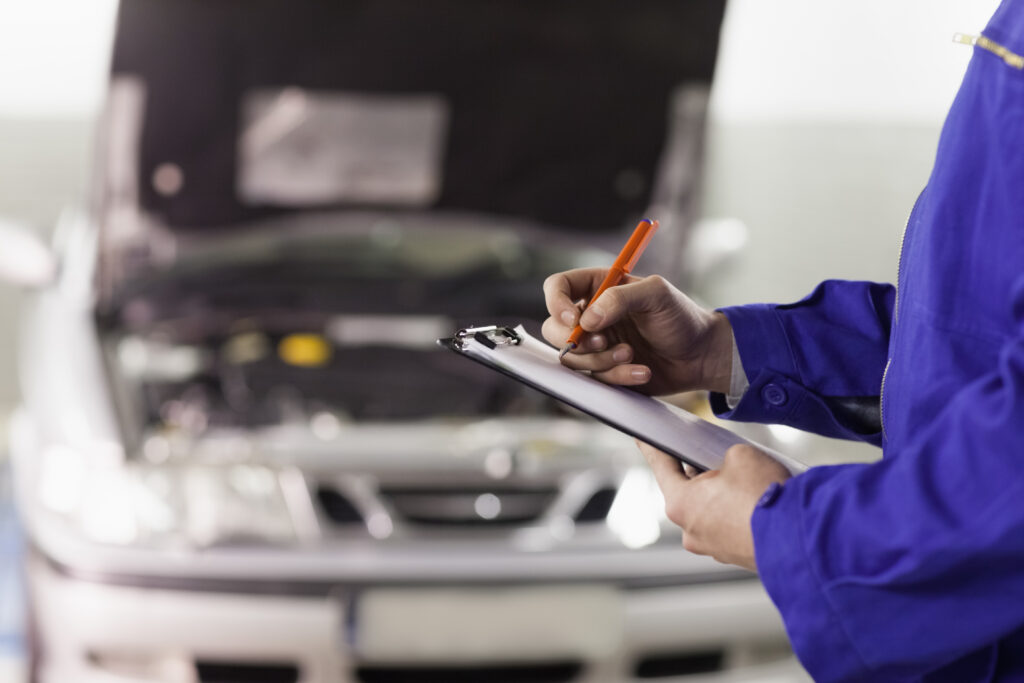
- Faulty Sensors: A faulty sensor, including your oxygen or mass airflow sensor, will cause your car to fail its emissions test.
- Exhaust System Problems: If you have an issue with your car’s exhaust system, including your catalytic converter, your vehicle will fail.
What Do I Do If My Car Fails Its Emissions Test?
There are many steps you can take to solve problems with your car if you’ve just failed your emissions test. Your mechanic will suggest fixes for each issue in order to pass when you retest.
- Battery Disconnection: If a battery disconnection caused the problem, your mechanic would recommend that you drive your car around as usual for about a week. By then, your onboard diagnostic system will have enough information collected to pass the test successfully.
- Check Engine Light: If your check engine light is on, you’ll want a diagnostic test done by your mechanic. They will make repair suggestions, which you will need to get done before retesting.
- Data Link Connector Problems: If the problem is with your data link connector, you’ll need to figure out what the cause of the problem is. Problems with the data link connector include a short in the device, low battery flow, or a defective unit. You’ll want to repair any broken components or replace the device entirely before you consider attempting to retest.
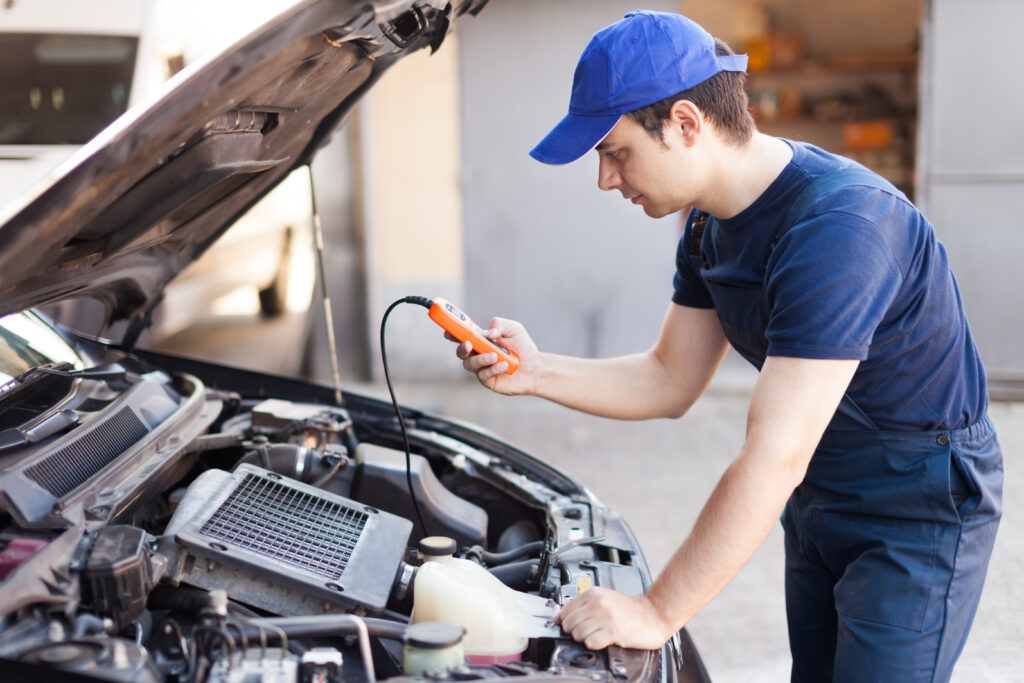
- Faulty Sensor: If you have a defective sensor, it will need to be replaced. These sensors measure the chemical composition of your exhaust stream. Without these sensors, your car’s emissions cannot accurately be measured, so they must be replaced before retesting.
Getting An Emissions Test At Paskett Auto
If your car fails an emissions test, it can feel very disheartening. But there are things you can do to prepare your vehicle for its emissions retest. If you’re looking for experts you can trust to help you through this process, our team at Paskett Auto is the best choice. From oil changes to air conditioning repair, our team does it all. If you would like to schedule an emissions test with us or would like to speak with one of our mechanics about why your car might have failed, contact us today.


